Over the past year, I decided to do another spending fast. I wanted to give a recap of my one year spending fast, as well as some of the simple money saving tips we adopted. To make a bigger impact this time I went a little further with this spending fast.
My Original Spending Fast
Two years ago I did a spending fast for five months. I saved a ton of money and I challenged myself to basically buy only consumable products that I was completely out of. For example, I would not be able to buy new shampoo until all of the bottles in the house were empty. Including the ones lurking under the sink half used up. For non-consumable products, it was basically a no on all of them unless something was destroyed and I didn’t have anything else to replace it. If I had a t-shirt that got a hole in it, I could not buy a new one unless I had no other t-shirts in the house left.
I challenged myself to stop buying everything that wasn’t consumable. Even if I broke my phone, if it still made phone calls, I did not buy a new one. I didn’t break my phone thank goodness, but those were the rules and the only things that could be replaced were things that you could physically run out of. I challenged myself to really use what we already had and it was very enlightening about how much stuff we accumulate that we don’t even think about.
So How Did I do on My Year Spending Fast
Earlier in the year, the pandemic made it easier to not shop because the stores were all closed. I also decided to make it a little more challenging by limiting things that I didn’t limit the year before in order to better use what we already had. One of the things I did was put our family on a stricter budget for takeout. That was one thing I still spent a lot of money on during our original spending fast.
I did have to make one exception though. I said no spending money on clothes, except after giving birth, because I did change sizes so I did actually have to purchase some shorts this summer. I did not have a single pair of shorts that fit after my twin pregnancy. Although maternity shorts are very, very comfortable, they did not stay up well after I did not have a giant twin belly to hold them up. While it technically broke my clothing spending fast, there was not a pair of shorts in the house that fit me well. The point of the spending fast wasn’t to be perfect, it was to teach me more about being a conscious consumer.
Along the way I learned some money-saving tips due to all the changes that we went through. Saving money was a lot easier than I thought. Instead of just worrying about saving money through cutting back, I also found ways to save money while doing the purchases I had to make to keep our household running.
Money-Saving Tips from This Year
Make your own fancy coffee
The first thing I saved money on was coffee. I used to go out to coffee shops several times a week to do work. I work remotely so it was a great way to have some quiet space to get things done. That changed because there were no coffee shops open for a very long time and now I work from home in my office 100% of the time.
However, I realized just the act of not going out for coffee three times a week made a huge impact on our finances in the hundreds of dollars a month range. When I added up a $6 coffee (because I like lattes) over the course of 6-7 hours at the coffee shop it doesn’t seem like much for how long you’re out of the house. But then sometimes I would get myself another latte and then oftentimes snacks that add up to a lot of money every week. And over the course of a year that really added up.
That alone made a huge difference in our budget. I was saving money by not going out of the house to work. While that was kind of forced on me at the end of the spending fast, it made me realize I was spending a ton on coffee that I didn’t need to.
We ordered ourselves a milk frother, an electric whisk, and a pour over coffee pot that we spent a couple extra dollars on. I think all of the stuff we spent to make coffee at home cost less than $50. It was all on Amazon. We even make our own cold brew now, which maybe it’s not impressive if you’ve always been making cold brew, but I just never attempted it. And even though now coffee shops are open again, I’m still making my own coffee at home.
Rent Bestsellers from the Library for Free
The second thing that I didn’t restrict on the first spending fast was books. I didn’t mean to restrict them this time either but with everything shut down I no longer was going to the book store to browse. I used to go to the bookstore to buy magazines and books all of the time. I do not like to put a limit on learning, but this year I wasn’t really shopping for that type of thing casually.
I actually started using my local library card online with my Kindle, and I can’t even explain to you how much money I didn’t realize I was spending. I was buying approximately one book a month at about $15. So over the course of the year that adds up. While it’s definitely worthwhile for the education, knowing you can often rent those books for free is awesome.
So I started renting more books on my Kindle from the local library, including books that I had on a list to buy from Barnes and Noble. This year alone, I have saved $100, just by swapping digital books for the books that I was purchasing in store. I usually end up with a bookcase full of books I’m not reading that I purge regularly and donate. This time I won’t be able to do that because they were digital but the nice thing was I saved the money, and if there was a book I wanted to reread, I just got on the waiting list at the library within two days, I had it again.
Cut Your Magazine Subscriptions and Audio Subscriptions
Other cool things I didn’t realize the library rented out was magazine subscriptions. That was also something I was purchasing on a regular basis. I’m all for educating yourself and investing in your education, but I just didn’t realize how many resources were available online. I thought that most of the books available were probably fiction. But to my surprise there were so many books, magazines, audiobooks, and movies.
Local library cards are free in most areas. There are a plethora of materials, including movies and audiobooks. That was another place I was able to cut back. I began renting audiobooks through the library instead of buying them through Audible. My Audible subscription was $20 a month and I started saving there, as well.
I do still love Audible, and I encourage you to get an Audible subscription if you want to build a library of your own books. Just also know that there are tons of free audiobooks available through the library.
On my library card alone I saved a few hundred dollars a year renting books, magazines, and movies from the local library.
Use Rakuten for coupons before you buy online
I started doing even our essential shopping online this past year. I found three awesome free apps that have saved me a ton of money in the process. One of the reasons that I didn’t shop online was because I always felt they had better in-store deals, especially if you had a rewards card. If I swiped my store reward card all the coupons were just preloaded and applied to my purchase.
I also felt that it was harder to find discounts on online purchases. So I installed the Rakuten Chrome extension. What it does is finds deals on the websites you’re already shopping on. If you know you’re about to do some shopping online, whether it’s for Home Depot, online furniture stores, online clothing stores, online food stores, Target, Walmart, Best Buy, or any place that you can imagine online, Rakuten will look at all the possible coupons that they have, and they find them for you and present them to you while you shop.
So for example, when we moved into our house I had to buy a new door handle for a door where the handle didn’t lock. I looked on Build.com and when I was shopping I just hit the little Chrome extension button up top in my browser, and it actually dropped down a coupon that I was able to use for checkout.
When you turn it on it says, “Redirecting your shopping trip to include coupons,” and then when you get to the checkout it will let you know if there’s 1 or 10 coupons that you can apply.
It will also apply the best ones for the lowest price. And then you can check out using those coupons so you don’t have to go around looking at all the coupon sites, trying to find what coupons are going to work for you.
It’s both a time-saver and a money-saver. With stores like Build.com where I hadn’t bought from in a very long time, I wasn’t on their email list anymore, so I didn’t know what sales they were having. The Rakuten app made it easy for me to round up all the deals that applied to my purchase.
If there are no coupons to be found it will say so and because the app is free, it won’t matter. Most of the time it finds some code or promotion that you can use to save money. I will link the Chrome app so you can check it out and always check before you start shopping for discounts you can use. The app for Rakuten can be found here.
Use Fetch for points for gift cards after all your purchases
Another great app that gives you points after you shop is Fetch. My aunt told me about it and basically it hooks you up with points from every purchase you make that you can eventually redeem into gift cards of your choice.
You can connect it to your Amazon account as well as to your email for anything you get digital receipts on. You can also just use your app on your phone to take pictures of physical receipts. They all earn you points with this app.
Each receipt is worth a minimum number of points and certain brands give you a bonus number of points for specific items in the cart. You can get 1000 points when you do your grocery shopping for qualifying items. When you sign up you can also upload anything from the past two weeks in case you just did a bunch of shopping.
Every couple thousand points is a couple dollars in gift cards and I think you can cash out some gift cards as low as three dollars if you’d like. I think it’s a great way to take advantage of the things that you’re already purchasing. The things that I get the most points on are food purchases, which is what we spend the most money on monthly. So I translate those into gift cards back for things we want.
Even if they don’t have any promos running and you don’t get a ton of points, everything gets at least a few points. It adds up over time because you’re going to be buying food, you’re going to be buying stuff in general, why not get the points back? Even after you save the money, you’re getting extra points on the other end. Use Rakuten before you shop, use Fetch after you shop, and build up those savings and points for gift cards.
Use Flipp to find all the best in-store deals
Now the stores are back open and people are going back to shopping in-store. I still love my in-store flyers, but I tend to get overwhelmed when they are piling up on my table. There is an app called Flipp, which looks through all of your local flyers and will help you compare deals right on one free app.
This is a nice, clutter-free way to look through all the local flyers in your area. Flipp is free and you can digitally clip the coupons you want, then you can look through all of your saved coupons and determine what stores you want to go to.
Grocery Pick-Up
The last thing I’m going to tell you guys about that I am obsessed with, saves me the most money out of all of these new little tricks that I’ve been using. The best shopping switch I made was ordering groceries online for pick up or delivery.
You can shop on the store’s app or website and select shopping for pickup or delivery. You’ll make an account and shop right from the comfort of your own home. Then you’ll enter your payment information, pick a pick-up or delivery time, and submit the order.
Right now, our local grocery store is offering free pickup. Before it was free, it was only $5 for a pickup order and free pickup on orders over $35. More stores are offering it now. Walmart is doing it and so are huge groceries like Kroger that are all over the country. Even Costco has a free Instacart section on their app now.
Ordering groceries online has saved me, on average, $35 to $45 per trip.
Yes, I was getting that many instantaneous purchases, or impulse buys! When you shop online, you’re able to see the total before you get to the checkout counter so there’s no sticker shock, it’s easier to take things in and out of your cart, swap things as you go, search all of the available products without having to run all over the store and put back things you don’t need. It saves me time and saves me money. I did test it against going back to the store where I did spend an extra $35 on that in-store trip!
On average, I took all my receipts from the year before and all the receipts from this year and it was a savings of $35 to $45 on average per week. Even at $5 for grocery pick up, I would say that’s still great savings. I would still pay it to save the $30, on average, that I was spending, if not more.
I hope you use these tips to help you save money very simply throughout the year without making humongous sacrifices. Drink your lattes and read your books. Enjoy the stuff you like. But just find cheaper ways to do it.
If possible, use all of the free apps out there that help save money. Save money before you purchase with apps like Rakuten, get points back that you can cash out for gift cards like with apps like Fetch after you purchase, and shop the local flyers to find the best deals for shopping at the store with apps like Flipp.
Also, if you have the luxury of a grocery store with store pick-up, give it a try. When you can see the total before you checkout, sometimes you can make better decisions on your shopping. Check out if your local stores are offering a pick-up or delivery option. If you can do online pick-up, where you just drive to the store and load them in the back of your car, it’s as simple as driving up, going home, and enjoying your savings.
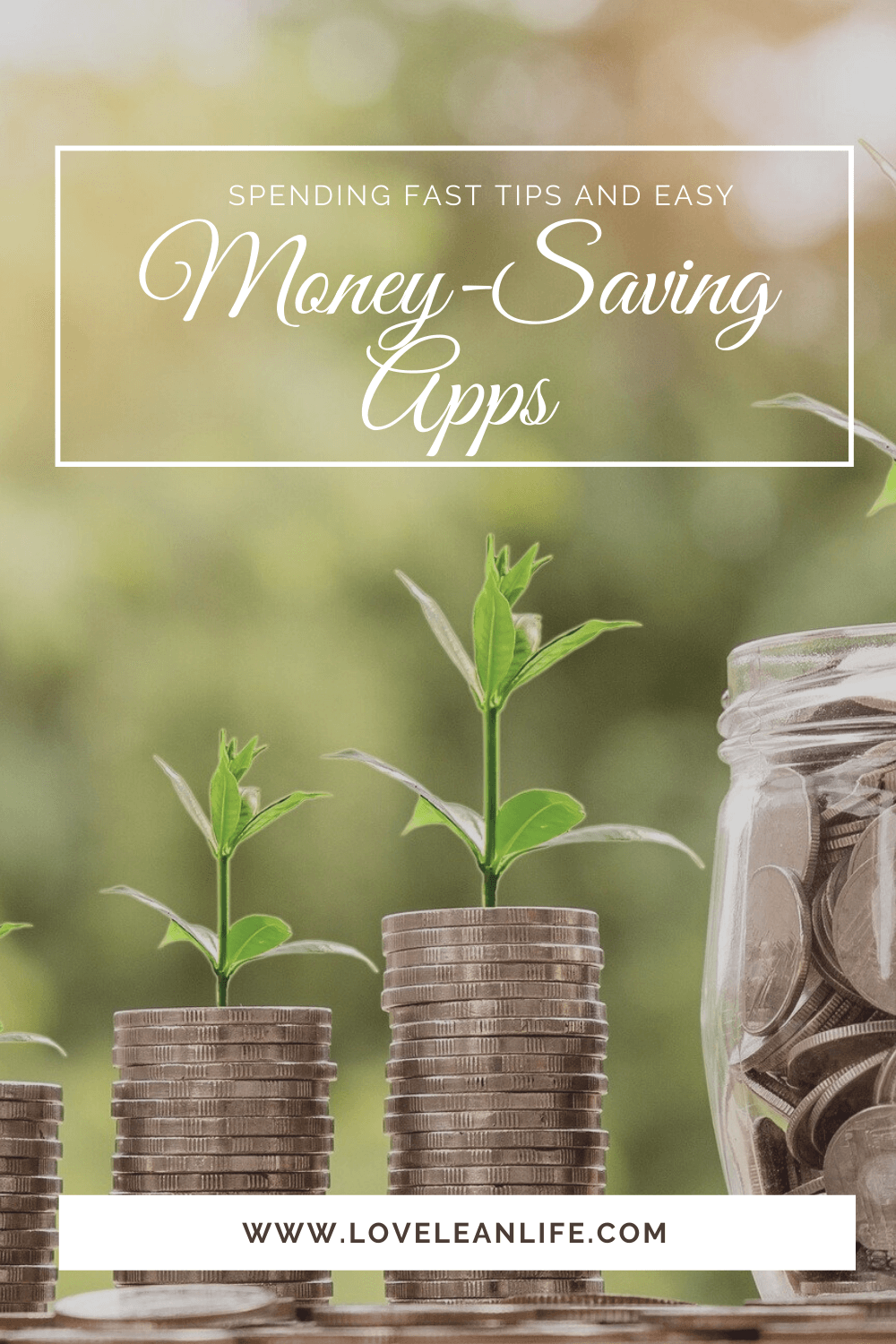
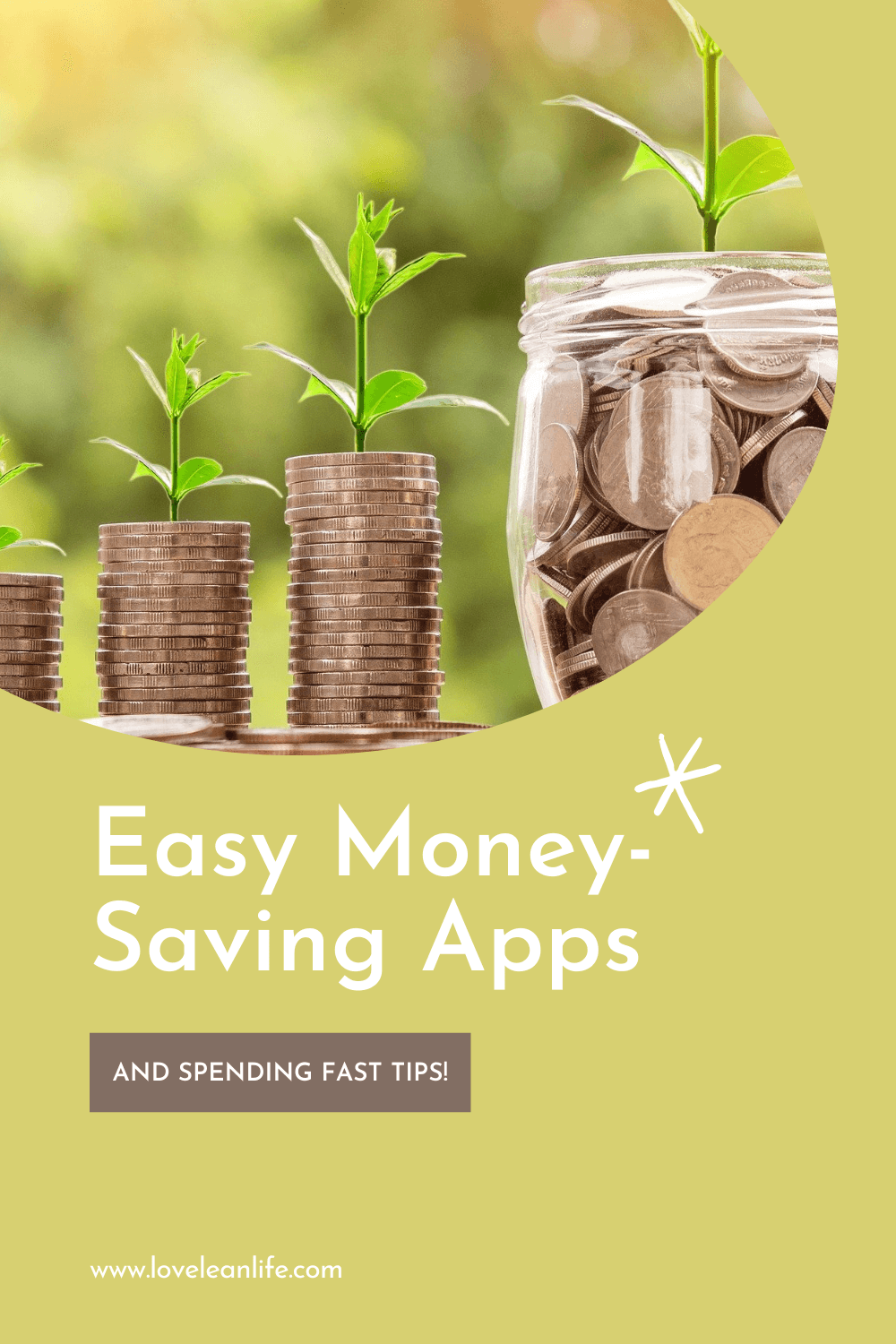
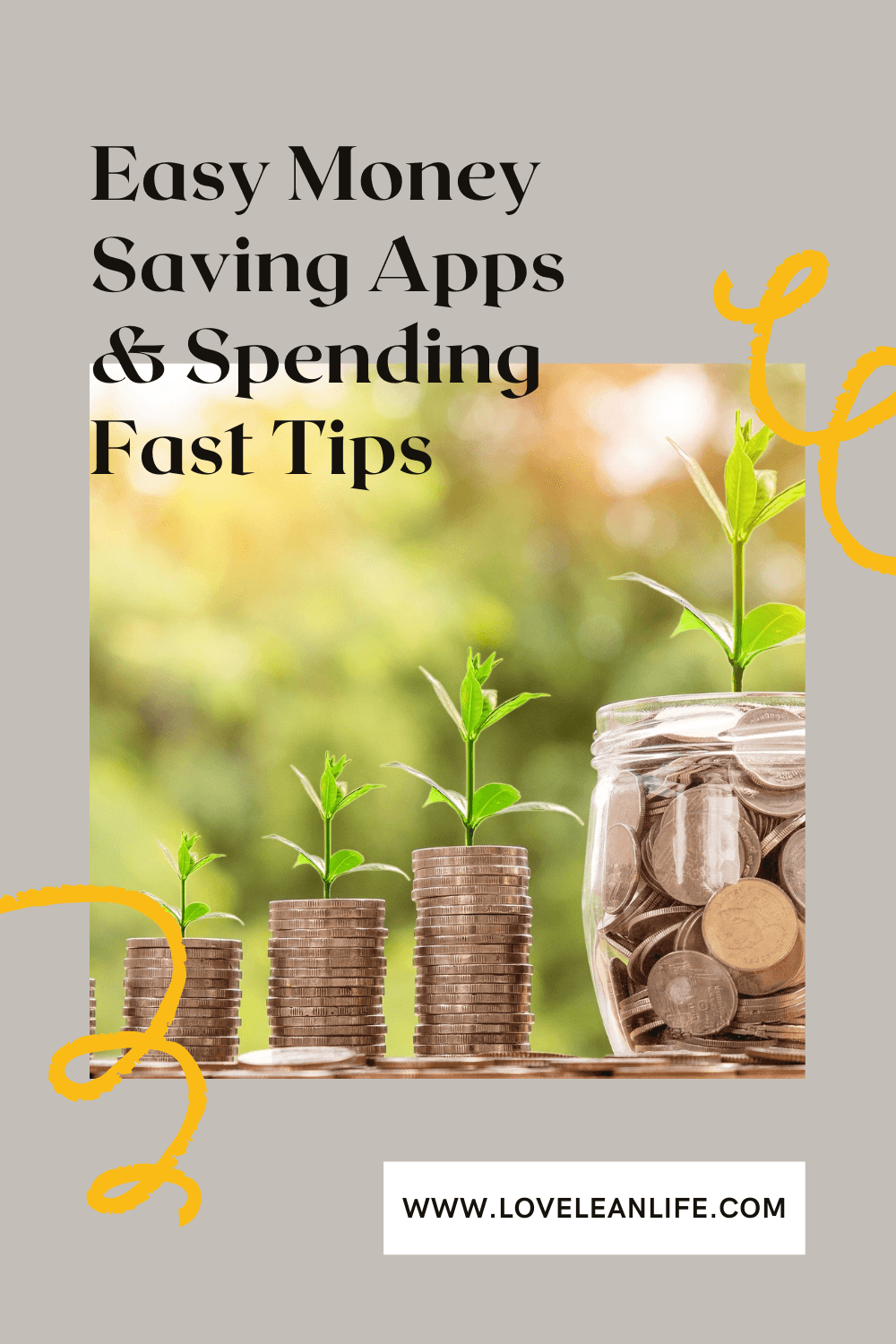

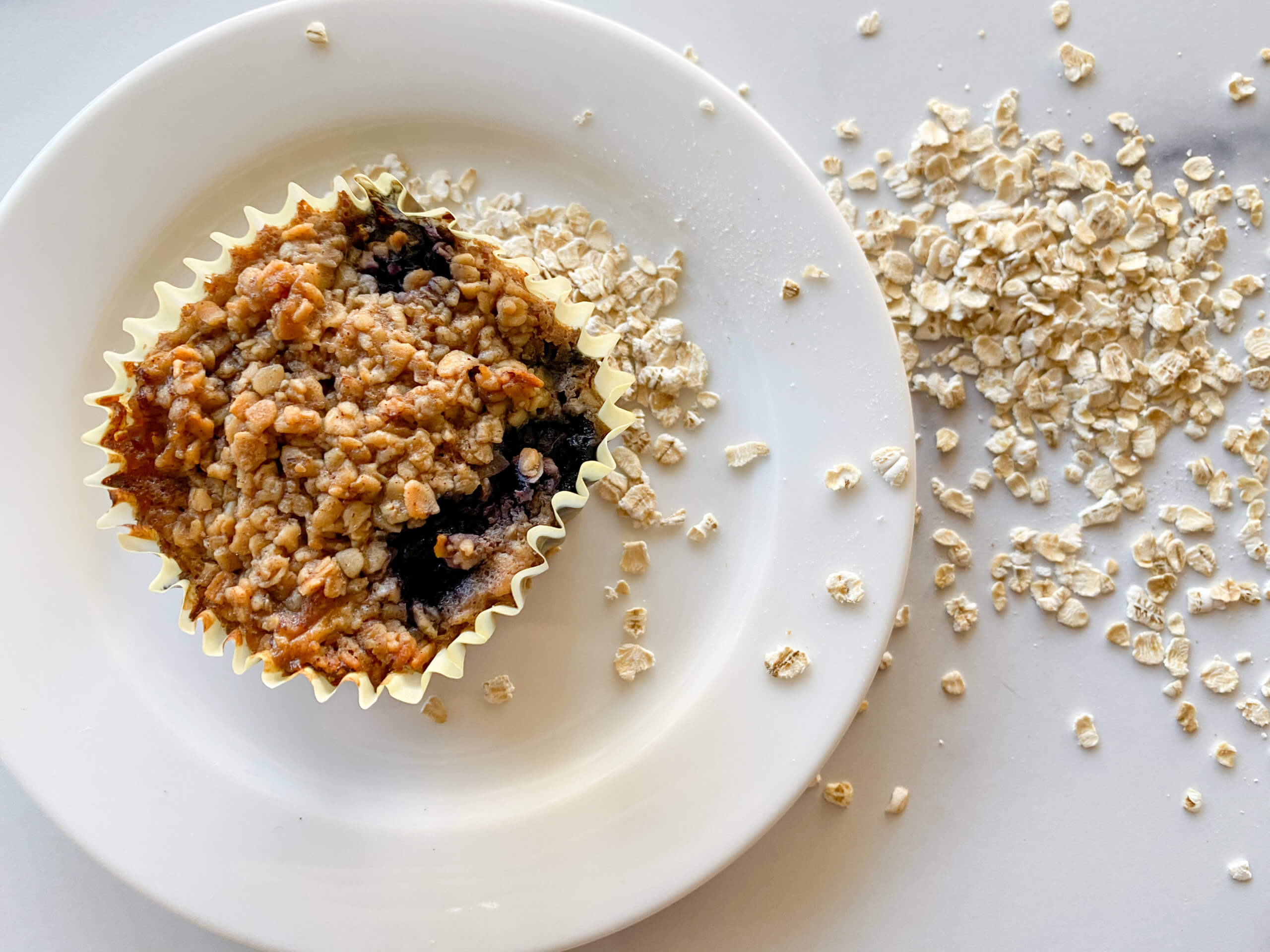
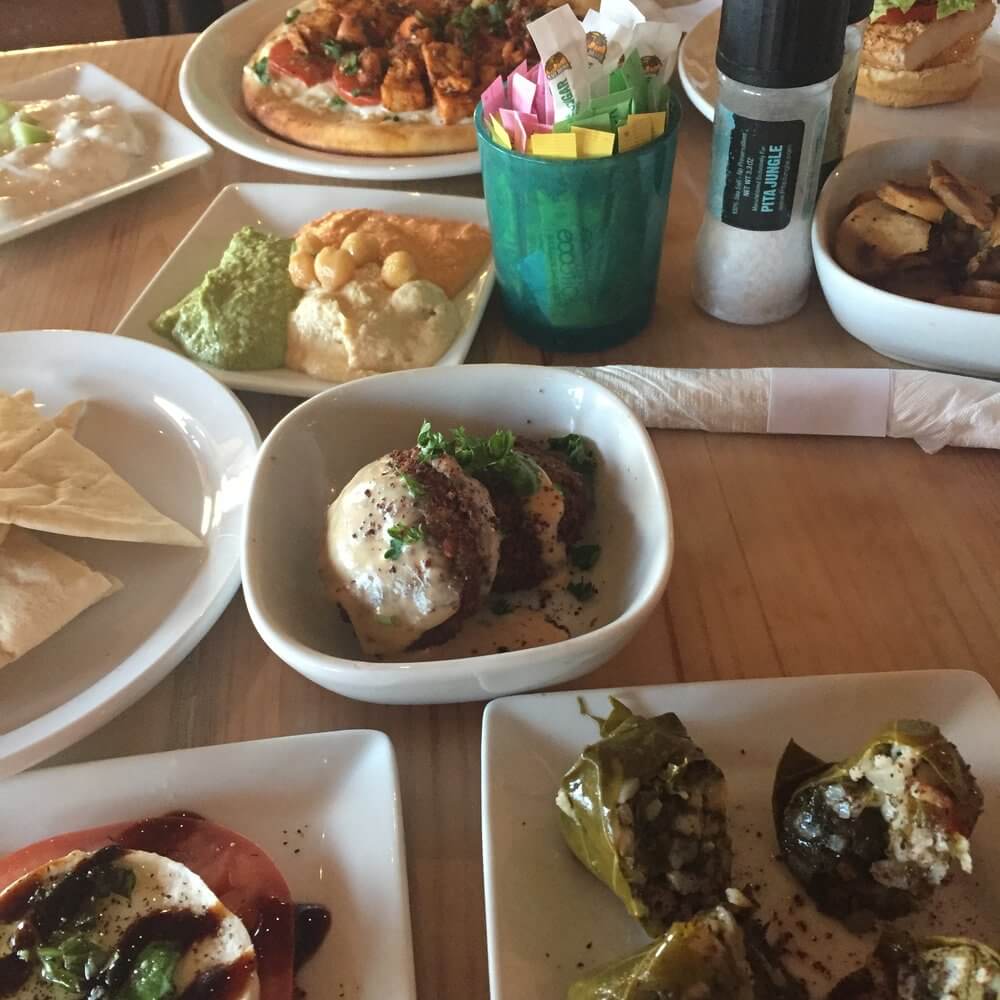
Leave a Reply
You must be logged in to post a comment.